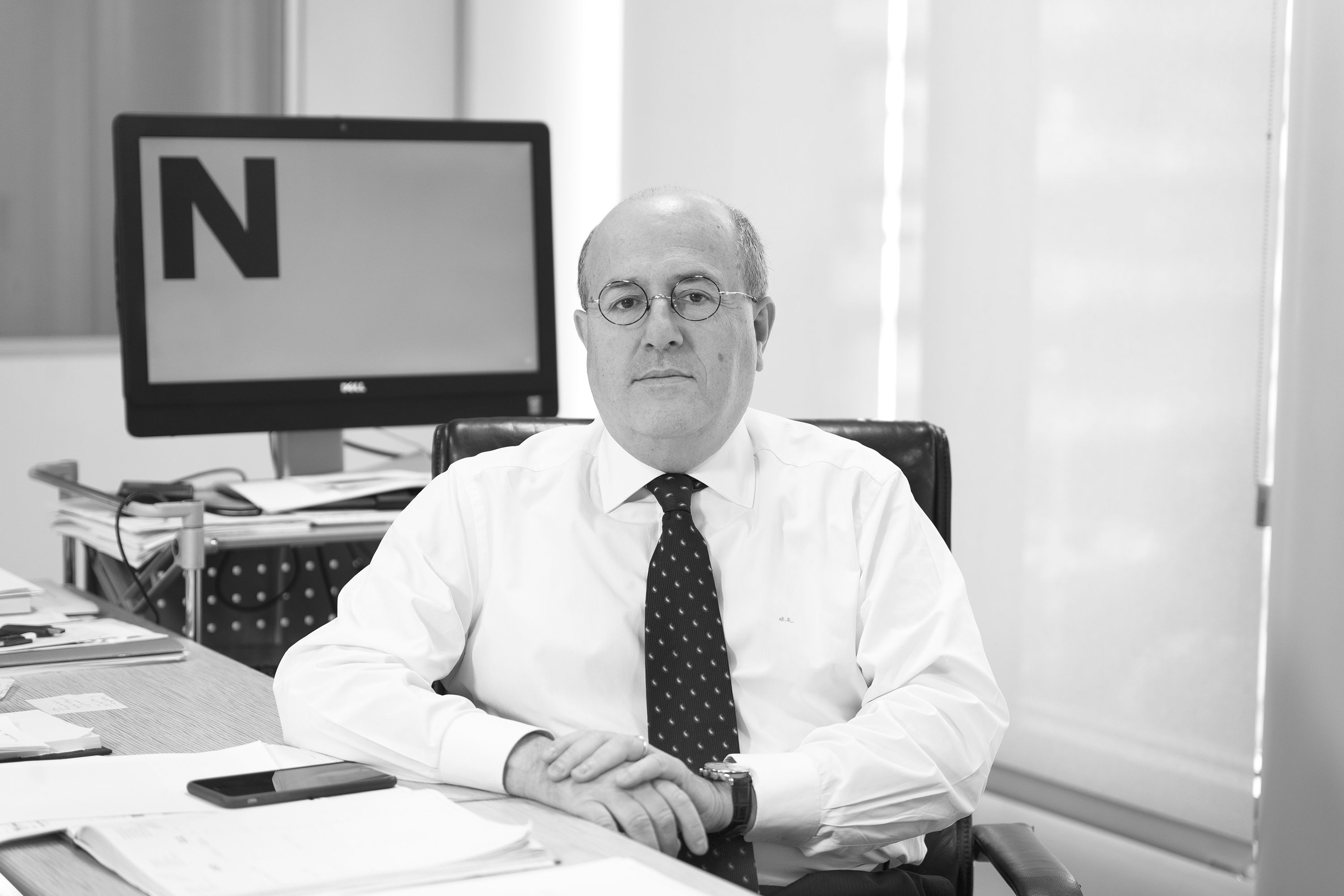Of all the images seen on Friday at the official tribute to the victims of the Barcelona terrorist attack of August 17th last year, there was absolutely none so cruel as the aerial view of Barcelona's Plaça Catalunya. An enormous space, about 30,000 square metres, totally fenced off by the police and occupied only partially by the unappealing event organized by the Barcelona city council in the presence of the king, the authorities, the political class, the victims' families and a numerous group defending the monarchy and the unity of Spain. Very poor overall, given the tragedy of the attack in which 16 people were killed, but unfortunately explained by the blunt way that Spain's royal house and government wanted to manipulate the act.
The independence movement's access to the act was prevented, to avoid scenes of protest and awkardness for the Spanish authorities, and unionism stayed home. Or it went to the beach. The Spanish government wanted to avoid the whistling received by Felipe VI last year, which was heard round the world and showed Catalan society's disgruntlement with the Spanish monarchy. The pro-independence civil groups and political parties had made explicit calls to their sympathizers to stay away, given the type of act planned and the royal presence. And the always-disciplined grass roots of the Catalan independence movement followed this advice. There was no whistling, that was true. And only a few hundred members of the pro-republican CDR groups participated silently with banners in a march up the Rambla of Barcelona.
There were no angry protests as there had been on other occasions. There was something worse, which ended up resonating even more than a protest: ostracism. A Plaça Catalunya that could have been filled with sympathetic unionists presented huge empty spaces. True, there were hundreds of people with Spanish flags. And on a balcony, very close to where the official party was seated, a large banner with the image of Felipe VI upside down and the following text in English: "The Spanish king is not welcome in the Catalan countries." A banner hung up the night before and which the Catalan Mossos police, apparently, first received orders to remove and then, to leave alone. The Spanish government delegation has already expressed its irritation.
Two more brief comments. Why did the royal house not want to take part in the earlier floral offering on the Rambla alongside the Catalan authorities, and why was the royal absence at this act not reported, along with that of the Spanish prime minister? Why were the Spanish authorities unable to look squarely at Laura Masvidal, the wife of imprisoned Catalan minister Quim Forn, when President Torra placed her by his side and introduced her to the authorities as they filed past? Felipe VI, as he went by hurriedly, had to listen to Masvidal saying that it was not her but her husband who should have been there, while the president of the Spain's General Council of the Judiciary and Suprem Court, Carlos Lesmes, literally turned his face away altogether.
And a corollary. The numerically-impressive presence of independence supporters in an afternoon of foul weather outside Lledoners prison - in homage to Quim Forn - shows that the public does not forget and is appreciative of the response on that fateful 17th August. There is no need to go into this all again but there is a need to remember that on that day, that exact day, many things started. And many true colours were revealed.

